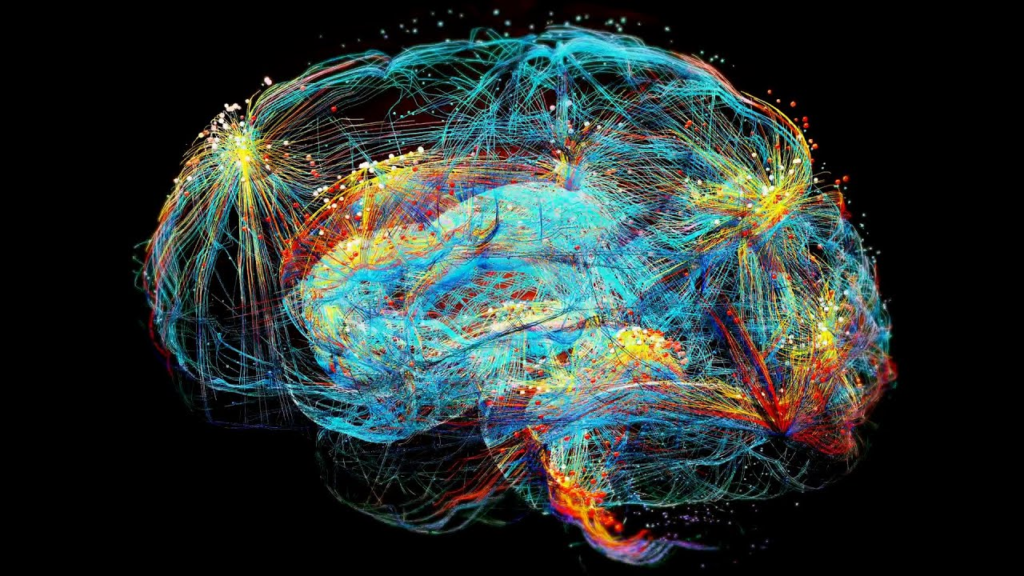
In a six-month clinical trial, 260 patients with uncontrolled diabetes were randomly divided into two groups. One group received standard care, while the other received standard care and regular phone calls that emphasized listening and empathy. These calls were made by community members who were trained to provide compassionate support, allowing participants to share their experiences and challenges related to living with diabetes.
“This approach starts by recognizing the real and everyday challenges of living with diabetes,” said Maninder “Mini” Kahlon, Ph.D., the study’s lead author and an associate professor in the Department of Population Health at Dell Med. “By providing sincere and empathetic support, we achieved a health impact equivalent to taking medication. This is because emotional well-being serves as the gateway to the lifestyle changes that enhance the management of the condition—an area where traditional healthcare often falls short.”
Key findings include:
- Improved Blood Sugar Control: Patients who received empathy-based calls saw an average HbA1c reduction of 0.7%, compared with no significant change in the control group.
- Greater Impact for Patients With Mild or Greater Depressive Symptoms: Patients reporting mild depressive symptoms saw even larger reductions, with average HbA1c improvements of 1.1%.
- High Satisfaction: Nearly all participants receiving the calls rated them as very or extremely beneficial to their well-being.
All study participants, who were patients of the Lone Star Circle of Care, had the flexibility to choose how often and for how long they wanted to engage in calls. During the initial stages, they could select between one and five calls per week, gradually tapering as they made progress. This patient-driven approach empowered individuals to receive support at a pace that met their needs and schedules. It helped foster a strong connection with their callers while reinforcing their self-care routines.
“At a time when workforce shortages challenge health care delivery, this study underscores the profound clinical impact nonclinical staff can make,” said Jon Calvin, CEO of Lone Star Circle of Care. “By leveraging trained laypeople, we’re demonstrating that empathy, connection and intentional engagement can lead to measurable health improvements. In a world where medicine is increasingly fast-paced and technology-driven, this work reminds us that human connection remains at the heart of effective care. Empathy not only enhances patient engagement but empowers individuals to take meaningful steps toward better health outcomes.”
This research builds on previous studies highlighting the benefits of empathetic phone calls. In 2021, Kahlon and her team published a study that found “Sunshine Calls”—a series of regular, genuine phone calls made by individuals who were not healthcare professionals—showed promise in alleviating loneliness, depression, and anxiety, as well as improving overall mental health among mainly homebound older adults.
Both studies were funded by the Episcopal Health Foundation, which focuses on person-centered, nonmedical approaches to health.
Looking ahead, researchers hope to explore the long-term effects of empathy-based support on both diabetes control and broader mental health. They also plan to scale this model, aiming to make holistic, empathetic support more widely available to those in need.



